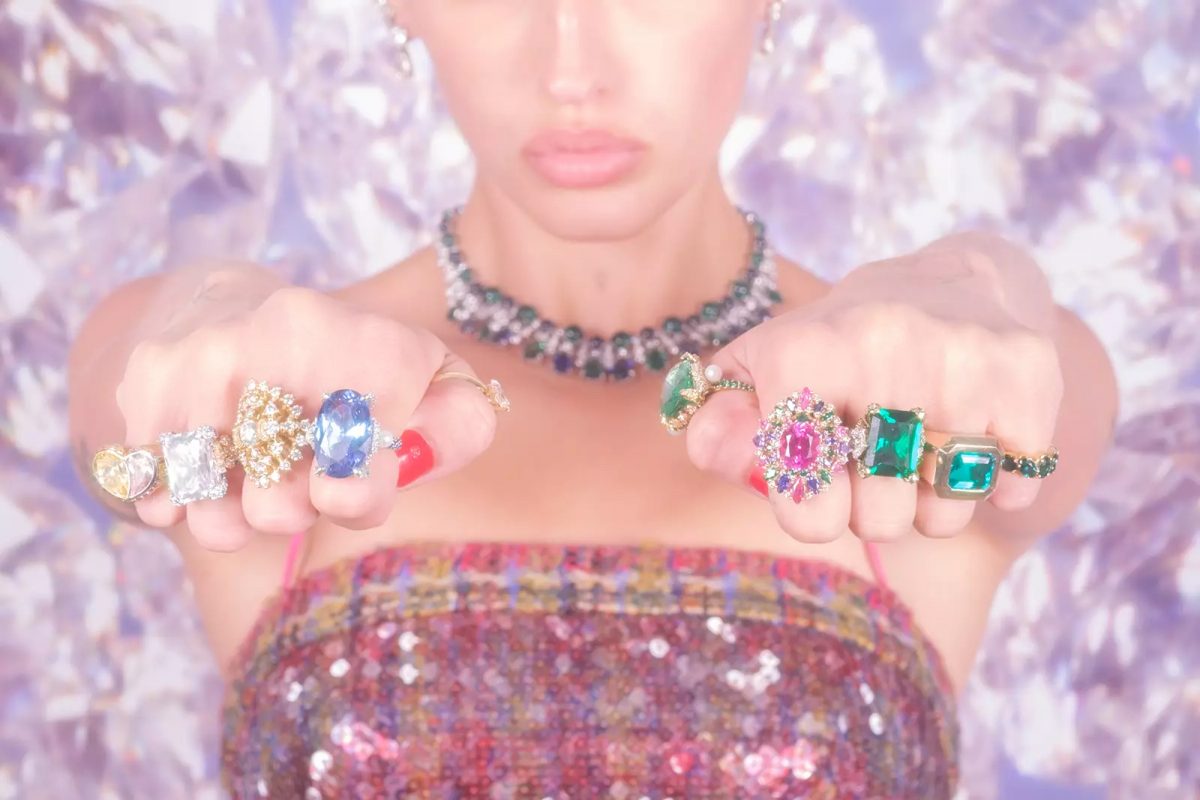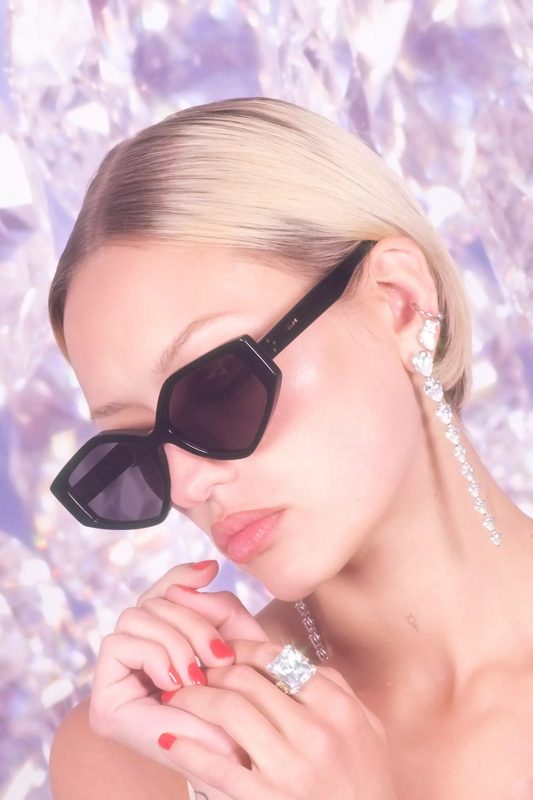Throughout human civilisation, humans have been able to connect their emotions to the concept of mother earth. One way that they do this, is via precious stones, primarily diamonds. Although attached to royals and merchants in history, diamonds never fail to appeal to all people. But in recent years there has been an increase of a unique trend; lab-Grown diamonds.

The usage of lab-grown diamonds is increasing; and with this, the luxury market is also being redefined. On the other hand, it also marks a change in consumer behaviour and a transformation of the luxury market.
What is Luxury?
For Aether co-founder and CEO Ryan Shearman, transparency, ethics and regeneration are the future of luxury. Sustainability and environment-friendly practices have been a mantra for today’s consumers. Consumers want to know how all about the product they consume or use. Luxury now has become a responsible and cautious tale. In this context, lab-grown diamonds have been somewhat successful in adressing the consumer.
Lab Grown
For many people lab-grown diamonds may be new. But lab-grown diamonds have been around since the 1950s when they were brown, ugly things made for industry. After technological advancement and courtesy of General Electric in the United States, they came to be noticed in Jewellery market scene. After a slow start, the demand for lab-grown diamonds has increased in the last decade which has created an amusing scene for traders and fashion markets.
The Changing Shape of Brands

Christian Yonkers on Sustainable brands writes “Brands such as Aether and Sacet are creating a different scope in the diamond business. Where Sacet sources ethically produced lab-grown diamonds… Aether literally pulls them out of thin air.” In the same way “Pandora recently ditched mined diamonds for lab-grown in an effort to mitigate ongoing risks of negative impacts; and huge players includingLVMHhave also acquired synthetic diamond facilities, marking a seismic shift in lab-grown diamond acceptance”.
In the same way, consumer demand for carbon neutrality and sustainability is forcing diamond producers to bring lab-grown diamonds to the forefront of the business. On the other hand, lab-grown diamonds are forwarding the notion that luxury is approachable – and does not come with lots of money.
In the same way, Robin Swithinbank marks the swift change in modern consumers’ minds; ecological, traceability and social impact whilst buying diamonds. In his article, he writes why the lab grown diamond is a game changer. Citing Breitling and TAG Hauer, major brands in watch-making are already embracing the change in consumer minds.
Companies like Luxe Impact is pushing lab-grown diamonds into the luxury category. Brands like Oscar Massin (often worn by the likes of Anna Wintour) use only lab-grown diamonds. Frank Ocean is also pioneering the use of lab growns with Homer.
What about the Natural Diamond Market?

Are Lab Grown Diamonds an Expanding business? The natural diamond market is very unique. The price of diamonds increases with consumption – unlike other utilities. So, it has always been given top-end investment and they remain a collectable item. Many people believe that lab-grown diamonds are not comparable to natural diamonds. Instead, lab-grown diamonds have created a new market, a side branch, and a wider playing field. They complement natural diamond sales rather than threaten them. Jewellery World describes that we are “seeing lab grown diamonds broadening the diamond category” as described by Rami Baron; who expects that more brands will offer high-quality fashion jewellery in precious metals like 18k gold with lab-grown diamonds.
“It’s foreseeable that the natural diamond segment will pull away in its own category by virtue that there will always be those who want the cache, quality and intrinsic value that a natural diamond has.”
Baron explained.
In all, the processing and labour cost of natural diamonds remain an outcast for almost 95 per cent of the population. And the introduction of the idea to big brands and its so-called luxury market means that there’s no turning back now. Natural diamonds will retain their niche. But lab-grown diamonds are forever.
Subscribe to FIB’s Weekly Breaking News Report for your weekly dose of music, fashion and pop culture news!






